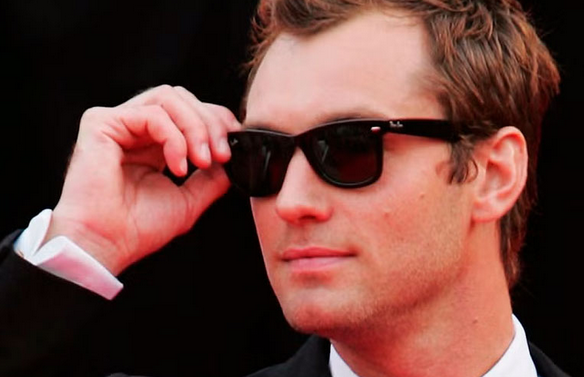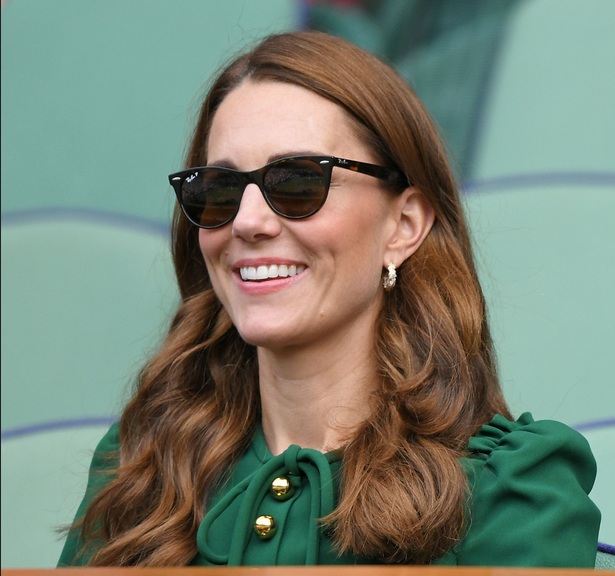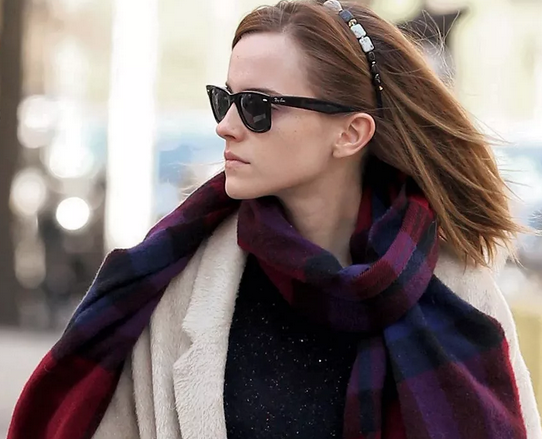Ray-Ban Wayfarer: The Rebel’s Eyewear Icon
Ray-Ban Wayfarer sunglasses are among the most enduring and iconic pieces of eyewear in fashion history. Introduced in 1952 by optical designer Raymond Stegeman at Bausch & Lomb, the Wayfarer broke away from traditional metal-frame sunglasses by introducing a bold, plastic frame with a distinctive trapezoidal shape. The result was a rebellious, modern look that has resonated with generations ever since.
At the time of its debut, the Wayfarer was revolutionary. Unlike the wire-thin Aviators that Ray-Ban had popularized in the 1930s and 1940s, the Wayfarer’s thick, angular frame reflected a post-war design ethos that leaned toward industrial strength and bold aesthetics. Its construction from acetate, a new material at the time, allowed for a sturdy and visually striking frame, setting it apart in a market dominated by delicate designs.
The sunglasses quickly gained popularity in Hollywood. In the 1950s and 1960s, stars like James Dean, Marilyn Monroe, and Audrey Hepburn elevated the Wayfarer from eyewear to cultural statement. In particular, Hepburn’s appearance in Breakfast at Tiffany’s solidified the Wayfarer’s place in the pantheon of cinematic fashion. These glasses weren’t just accessories—they were part of the characters, the attitude, and the time.
But like many icons, the Wayfarer experienced a dip in popularity during the 1970s. It wasn’t until the 1980s that the design made a massive comeback, thanks to product placements in movies and TV shows. Tom Cruise in Risky Business and Dan Aykroyd and John Belushi in The Blues Brothers brought the Wayfarer roaring back into public consciousness. These portrayals associated the glasses with cool, edgy confidence—an image that remains relevant today.
The 2000s saw yet another revival of the Wayfarer, as retro fashion cycles brought vintage styles back into the spotlight. Ray-Ban responded by reintroducing the Original Wayfarer and later offering updated versions such as the New Wayfarer, which featured a slightly smaller and less tilted frame for broader appeal. This reinvention proved effective, making Wayfarers a staple for fashion enthusiasts, creatives, and celebrities alike.
Design-wise, the Ray Ban Wayfarer is a masterclass in balance. Its slightly aggressive angles convey boldness, while its relatively simple silhouette keeps it versatile. Ray-Ban has also introduced a wide range of lens options, including polarized, mirrored, and gradient varieties, as well as a diverse palette of frame colors and materials to suit different tastes.
What makes the Wayfarer so lasting is its unique ability to bridge generations and styles. Whether you’re pairing it with a leather jacket, a summer dress, or a tailored suit, the Wayfarer adds a note of individuality and attitude. It’s neither flashy nor plain—it’s confident, timeless, and effortlessly cool.
In a world where trends come and go, the Ray-Ban Wayfarer endures. More than just a pair of sunglasses, it’s a cultural artifact—an emblem of rebellion, creativity, and self-expression that continues to inspire wearers around the globe.
Fake Ray Bans Sale 85% Off.
Celebrities who have been spotted wearing Ray-Ban Wayfarer sunglasses
Jude Law
Actor Jude Law has been seen wearing classic black Ray-Ban Wayfarers, adding a touch of timeless style to his look.

Olivia Wilde
Actress Olivia Wilde has been spotted wearing Ray-Ban Wayfarer sunglasses, showcasing their versatility and classic appeal.

Kate Middleton
The Duchess of Cambridge, Kate Middleton, has been seen wearing Ray-Ban Wayfarer II sunglasses, exemplifying elegance and sophistication.

Jennifer Aniston
Actress Jennifer Aniston often opts for Ray-Ban Wayfarers, complementing her classic and effortless style.

Emma Watson
Actress Emma Watson has been photographed wearing Ray-Ban Wayfarers, highlighting their enduring popularity among celebrities.

Leave a Reply